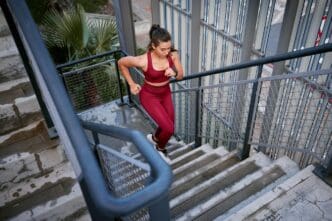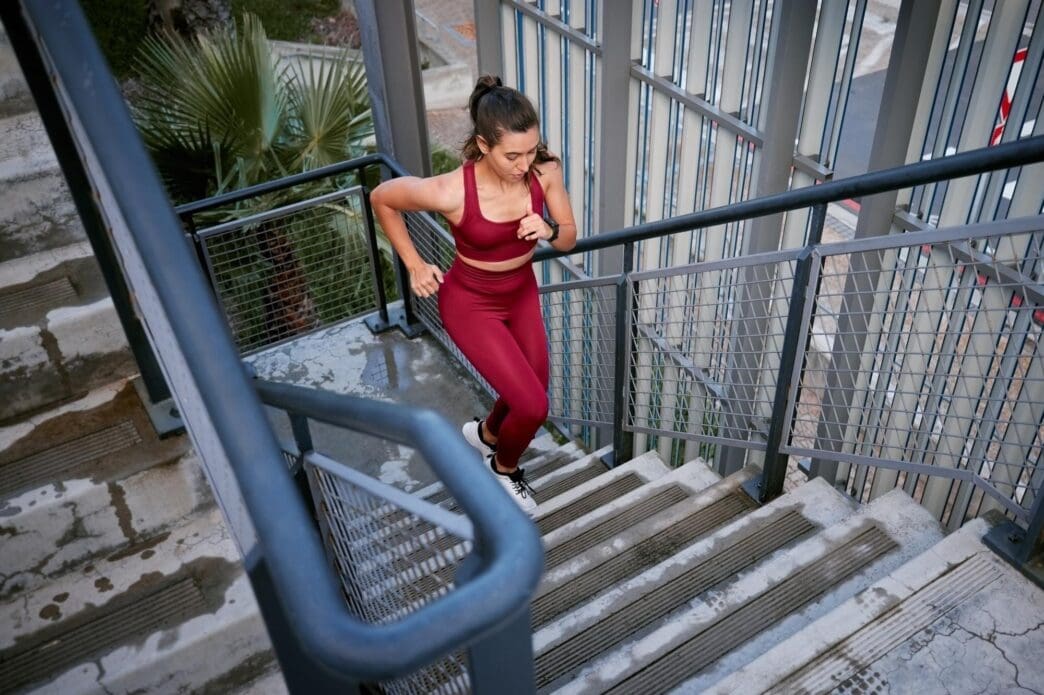A Quick Takeaway
The Story Behind the Trend
How to Make It Work for You
The Community View
Combating the pervasive feeling of fatigue doesn’t always require drastic lifestyle overhauls; often, the most effective solution lies in simply integrating more movement into your daily routine. For anyone feeling sluggish, experiencing afternoon slumps, or struggling with mental fog, strategically adding short bursts of physical activity can significantly elevate energy levels, sharpen focus, and improve overall mood, transforming how you feel throughout the day.
The Science Behind the Boost
The connection between movement and energy is deeply rooted in our physiology. When you move, your body increases blood flow, delivering vital oxygen and nutrients more efficiently to your muscles, brain, and organs. This improved circulation directly translates to enhanced cognitive function and reduced feelings of lethargy.
Furthermore, physical activity stimulates the release of endorphins, natural mood elevators that can diminish perceptions of pain and induce a sense of well-being. Regular movement also enhances mitochondrial function within your cells, which are essentially the “powerhouses” responsible for generating energy. Over time, consistent activity can even improve sleep quality, creating a virtuous cycle where better rest fuels more energy for movement.
Easy Ways to Weave Movement into Your Day
The beauty of boosting energy through movement is that it doesn’t require a dedicated gym session; small, consistent efforts are key. The goal is to break up long periods of inactivity with deliberate movement.
Morning Kickstart
Starting your day with movement can set a positive tone for your energy levels. Instead of immediately diving into tasks, consider a few minutes of dynamic stretching or a short, brisk walk around your neighborhood. Even a quick 5-10 minute routine can awaken your body and mind, signaling to your system that it’s time to be active and alert.
Desk-Bound Strategies
For those with sedentary jobs, integrating movement is crucial. Set a timer to stand up and move every 30-60 minutes. This could be a quick stretch, a walk to the water cooler, or even performing a few squats or lunges next to your desk. Consider investing in a standing desk or taking walking meetings to further incorporate movement into your workday.
Midday Momentum
Your lunch break is a prime opportunity to recharge. Instead of eating at your desk, take your meal to a park or walk around the block. This exposure to natural light and fresh air can be incredibly invigorating. Running errands on foot or parking further away from your destination are also simple ways to add steps and break up the day.
Evening Wind-Down
While intense exercise close to bedtime can disrupt sleep, light movement in the evening can be beneficial. Gentle stretching, a short leisurely walk, or a few minutes of yoga can help release tension, improve flexibility, and prepare your body for restful sleep. This contributes to better overall energy by improving recovery.
Overcoming Common Barriers
Even with the best intentions, integrating more movement can face obstacles. Identifying and addressing these barriers is crucial for long-term success.
Time Constraints
Many people feel they don’t have enough time for exercise. The solution lies in micro-breaks. Think of movement as small, cumulative actions rather than a single, large block of time. Five minutes here, ten minutes there – it all adds up. Try “activity stacking,” where you combine movement with another task, like doing lunges while brushing your teeth or walking during a phone call.
Lack of Motivation
Motivation can ebb and flow. To sustain movement, make it enjoyable. Listen to music or a podcast while walking, invite a friend to join you, or explore new routes. Setting small, achievable goals and celebrating successes, no matter how minor, can also keep your spirits high and reinforce positive habits.
Physical Limitations
If you have physical limitations or chronic conditions, consult with a healthcare professional before starting any new exercise regimen. There are always adaptive exercises and modifications available. Water-based exercises, chair yoga, or gentle resistance band routines can offer effective ways to move without excessive strain.
Making it a Sustainable Habit
The key to long-term energy enhancement through movement is consistency, not intensity. Start small, be patient with yourself, and gradually increase the duration or intensity of your activities. Tracking your progress, even with a simple step counter, can provide valuable feedback and motivation.
Remember that energy levels fluctuate naturally, and some days will be better than others. The goal is to build a foundation of regular movement that supports your overall well-being, leading to sustained vitality rather than temporary boosts. Embrace the journey, listen to your body, and celebrate every step forward.







